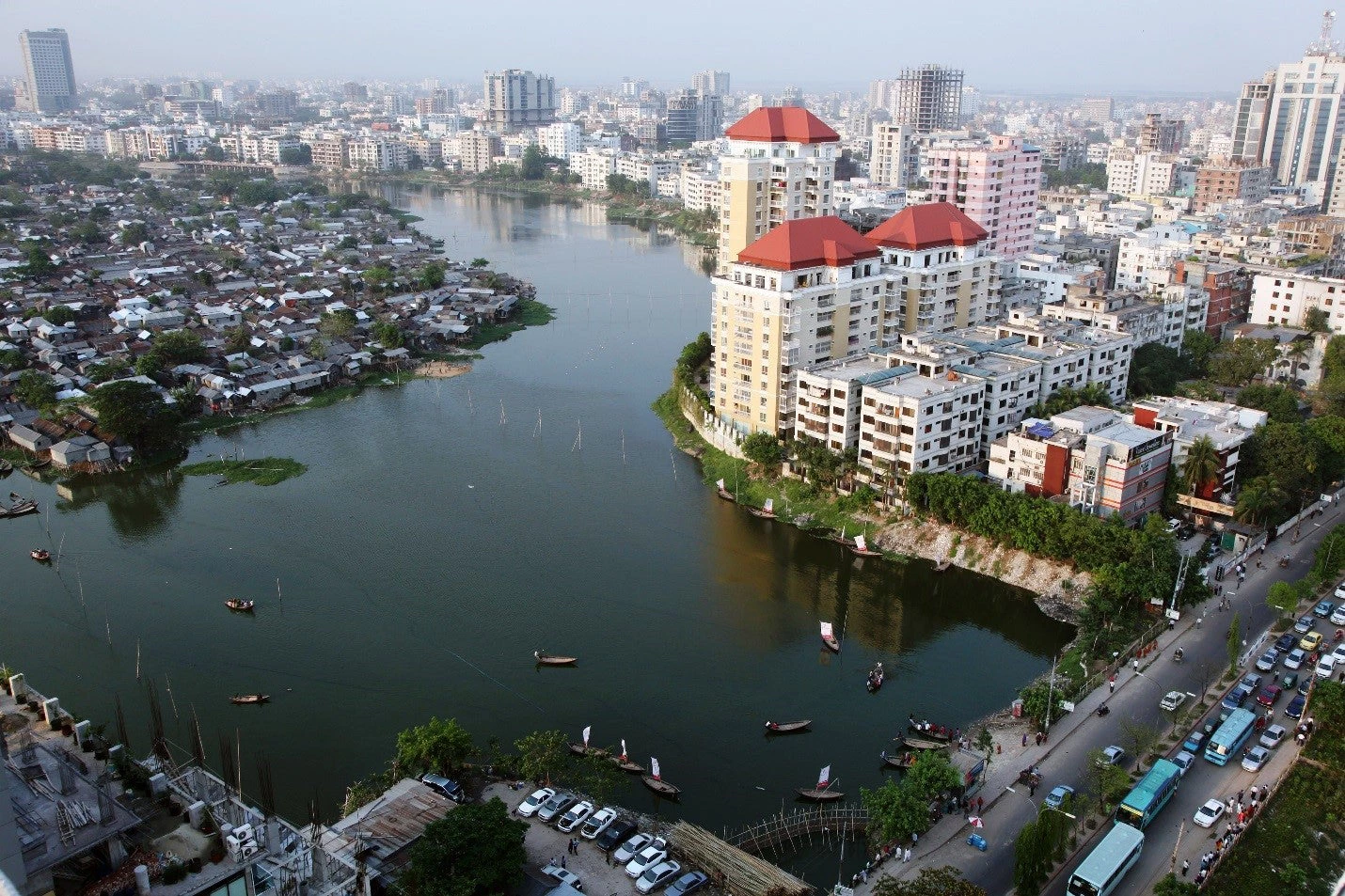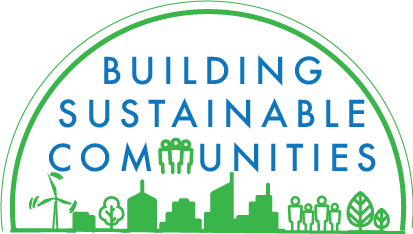
(Photo by Laura Elizabeth Pohl / Bread for the World via Flickr CC)
While some cities have grown, others still lag behind . Such inequalities in development are usually characterized by weak economic performance, low human development indicators, and high concentration of poverty. For example, Mexico achieved incredible growth as a nation, yet per capita income in the northern states is two or three times higher than in the southern states. Disparities in other social and infrastructure metrics are even more dramatic.
Some of the reasons behind this widening development gap include geographic isolation, lack of access to markets, and economic system transition (e.g. socialism to market economy). In addition, lower productivity in rural areas, dominance of large cities, infrastructure disparity, out-migration, and lack of local autonomy are also relevant factors behind the challenge.
To address the challenge of “lagging regions,” countries around the world have employed a variety of policies and instruments, ranging from fiscal transfers and infrastructure development to broader attempts to enhance the local business environment and improve social services. These policy tools and programs have evolved over time, helping less developed regions increase living standards. For example, the Republic of Korea adopted a comprehensive mix of policy instruments, including the “New Village Movement” initiative that rectifies the growing disparity of the living standard between urban centers and small villages.
The need for a collaborative approach
Despite years of experience dealing with lagging regions, the international development community still lacks a suitable framework to help these regions catch up. The need to address this issue led to a recent workshop in the Republic of Korea, which brought together government officials, World Bank teams, and decision makers from 11 countries. The participants exchanged knowledge and discussed what could be done to achieve a more balanced distribution of growth.
A working solution
In order to find a working solution and establish a reference protocol for policymakers and the international community on addressing inequalities, we need to pay closer attention to the following:
- Establish a framework on lagging region development. A considerable amount of effort has been put into the design and implementation of a variety of policies and financing instruments for lagging regions. Unfortunately, not as much has been done for the dissemination of good practices of those methods. The “framework” for selecting policies/instruments is muddled and there is often little assessment on the return on investment. The experience and data accumulated from the predecessors will be invaluable, and could contribute to better policy-making and more systematic assessments.
- Encourage cross-sectoral approaches. Addressing regional development requires well-coordinated work across different disciplines . In the mid-20th century, India tried to balance development of all states through the freight equalization policy, which allowed the central government to subsidize the transportation of minerals for private companies. As a result of the policy, businesses preferred setting up industrial locations closer to the trade hubs, which hurt the economy of mineral-rich states. Learning from this experience, governments need to be properly guided and different sectors need to coordinate with each other to ensure that developmental gaps are not further widened.
- Address lagging regions at all levels (provinces, districts, and neighborhoods). A remarkable feature of spatial disparities is the presence of lagging parts even within fast-growing, higher-income provinces. The northeast of Karnataka and eastern Maharashtra in India are both prominent cases of lagging regions within a prosperous state. Comparably, significant spatial inequalities also exist at the city and neighborhood levels . In larger cities, spatial gaps are particularly wide due to demographic diversity and deep inequality between distinct geographic areas.




Join the Conversation